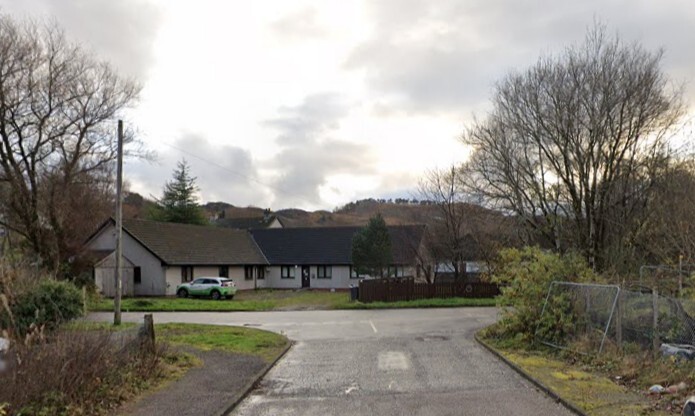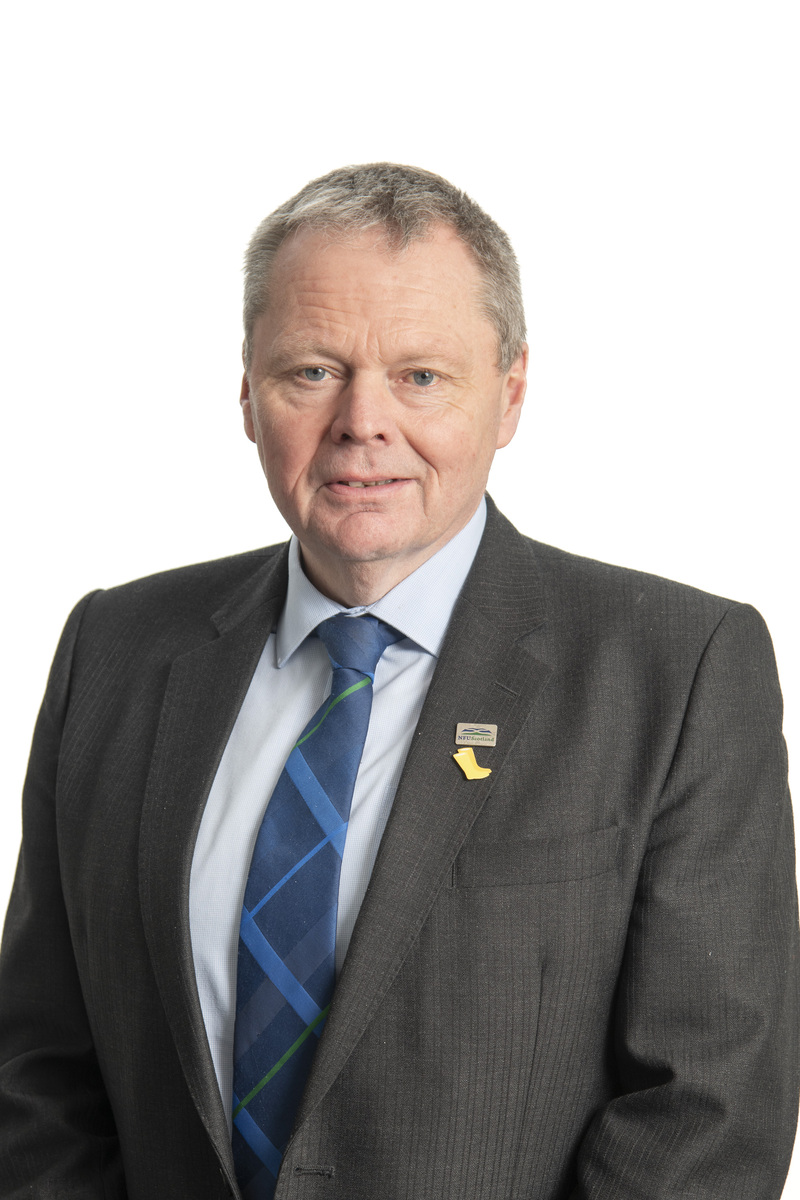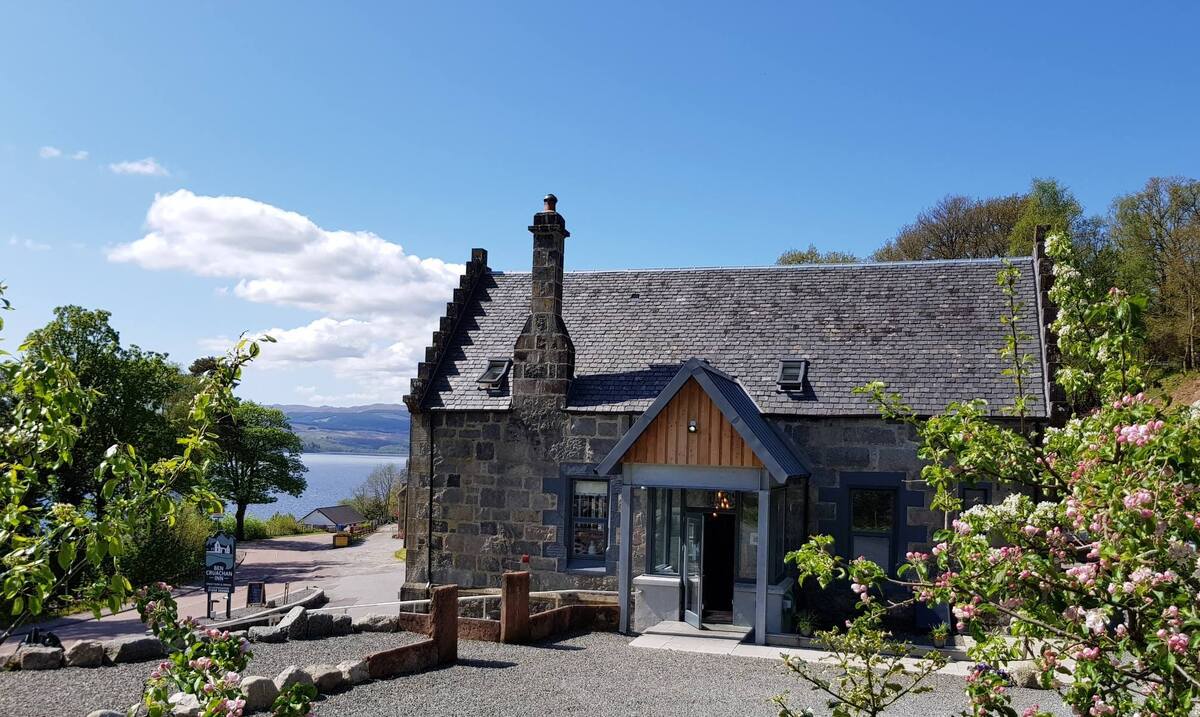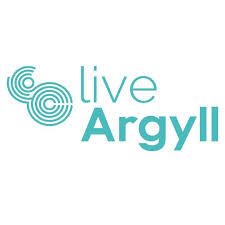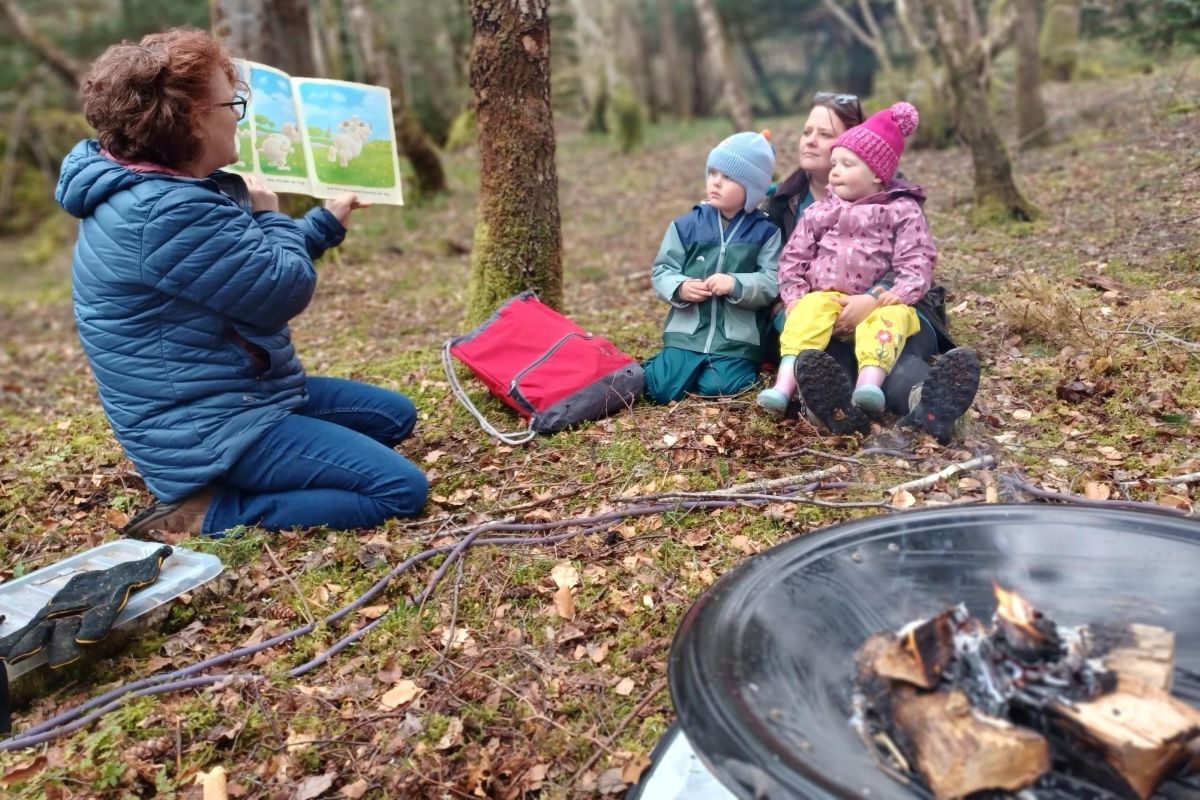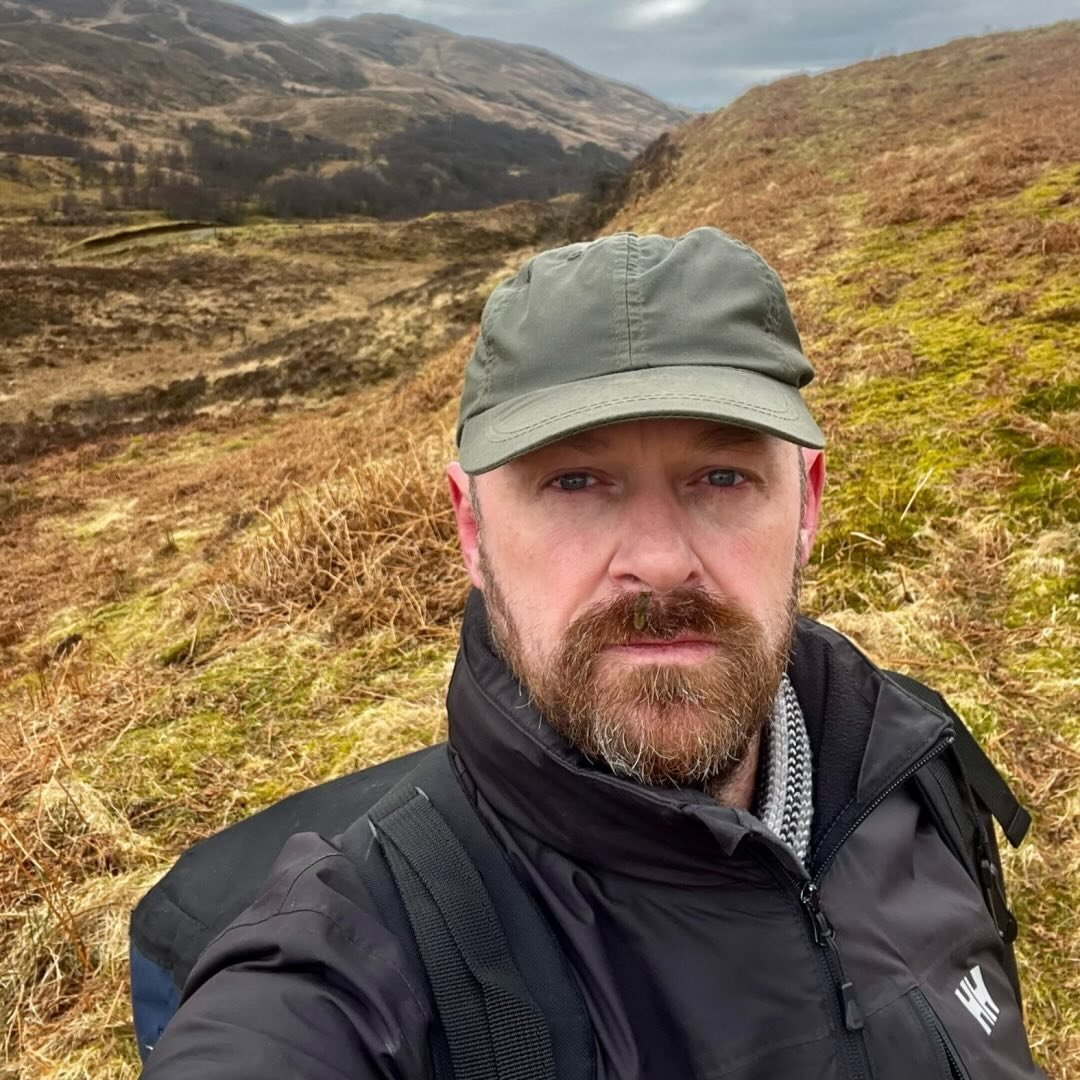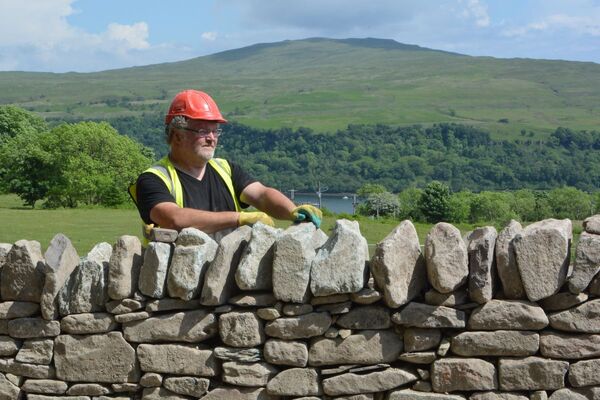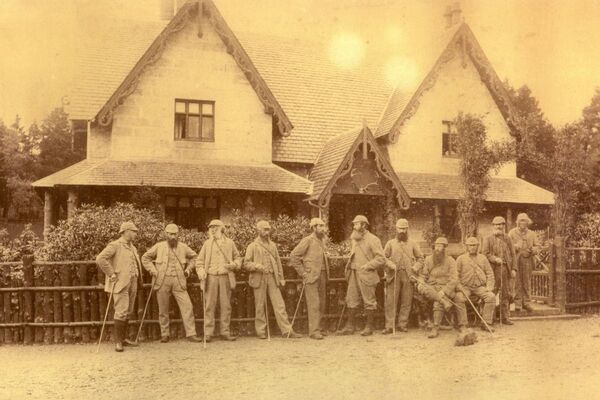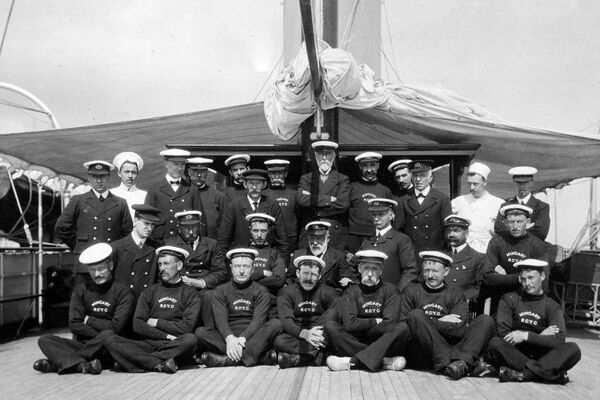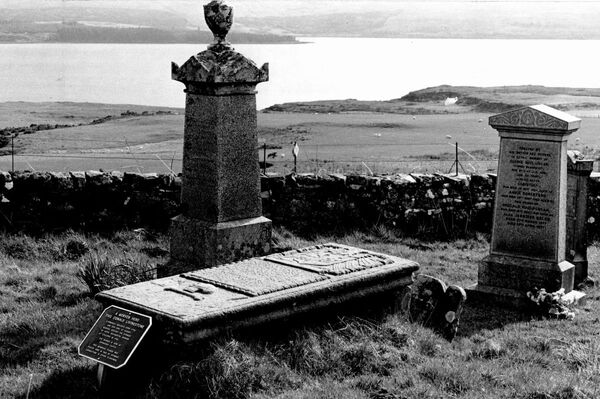A unique Hebridean laird
When Scottish devolution was talked about in the late 1970s there was scepticism and growing concern throughout the Highlands and Islands that they would lose out badly to the highly populated central belt if Edinburgh, not Inverness, became the seat of government.

Were their fears justified? I believe so.
In 1978 the former Highlands and Islands Development Board chairman and chief planner for Scotland Sir Robert Grieve announced: “Glasgow is one joker in the pack; the Highlands are the other.”
Coming from the former chairman of the government agency charged with developing the region economically and industrially, this comment did nothing to quell a feeling in the UK that it was on its knees and controlled by a gang of tartan ne’er-do-wells.
In 1935, Donald Cameron of Lochiel KT, one of the region’s most progressive lairds, wrote to Sir Alexander MacEwen, Highland development campaigner and provost of Inverness, saying: “I heartily distrust Glasgow and the Lowlands far more than I do London.”
A sentiment echoed by an elderly gentlemen in Sutherland who, when asked if he would be voting for devolution in the 1979 referendum, said: “Well, in London they don’t give a damn about Highlanders, but in Edinburgh they hate us.”
Shades of advice given by Edinburgh minister, Lord Macleod of Fiunary [founder of the Iona Community] to his son in the late 1980s: “Never do business north of Crianlarich!”
Political tension has always existed between the land of the Gael and all parts south of Perth. Others have written about the reasons – too numerous to go into here, except to say most of them were, and still are, based on culture, independence, language and, above all, a sense of identity found nowhere else in the UK.
Perhaps Ada Goodrich-Freer (1857-1931), clairvoyant, Scotophile and author of the Outer Isles (1902), was right to remind her readers that the Hebrideans were Christianised long before St Augustine and sending scholars to establish European universities two centuries before the existence of Oxford. And who, according to early Gaelic poems, were drinking wine and burning wax candles, while the Sassenach kings slept on straw, and bought wine as a cordial from the apothecaries.

If there was one champion of the Gaidhealtachd in modern times it was John Lorne Campbell of Canna (1906-1996), Scottish historian, an Oxford-educated working farmer, environmentalist and Gaelic folklorist.
A man of learning with a rare passion for the land he walked on, JLC had one of the ablest brains in the country and used it well to speak out against civil service humbug wherever it reared its unwanted head in the Hebrides.
In the late 1930s, the Westminster government, under pressure from the Scottish Office, appointed a committee to examine economic conditions in the Highlands and Islands. Their report contained a large amount of information and statistics.
It was a start but as far as JLC was concerned it had so many recommendations there was a danger that some of the most urgent would not receive the attention they deserved.
In 1939 he and Sir Alexander MacEwen (1875-1941), who had become chairman of the Inverness County Education Committee and first leader of the Scottish Nationalist Party, attacked the report in a 56-page booklet called, Act Now for the Highlands and Islands. They did not hold-back.
Their first, and strongest recommendation, was to establish a Highland Development Board of four members, one of whom would have to be a Gaelic speaker and another qualified to deal with crofting and fishing laws. The chairman was to be a Highlander who would command general confidence. The duties of the board were: to collaborate with the Ministry of Transport and Department of Agriculture; to make additional grants for new roads and the repair of unclassified, parish and township ones; to collaborate with other authorities in setting up land, sea and small-holders residential training centres; and to encourage the study of co-operative schemes.
Where steamer services were concerned – Cal Mac please note – comfortable waiting rooms were called for. Provision of adequate notice of time of arrival in stormy weather was also recommended. Crippling freight charges, which were strangling the economic life of the Highlands and Islands, were to be lowered to stop shipping companies putting their profits before the needs of the districts affected.
As for the postal service, it was recommended that inter-island mail should be speeded up by being sorted aboard the mail boats, allowing for late posting on the piers until within five minutes of sailing.
The 1938 development board soon fell apart, leaving JLC to abandon his great vision and settle on Canna with his wife Margaret Fay Shaw. There they spent the rest of their lives recording and saving Gaelic and Highland culture, and jousting with Inverness County Council and the Scottish Office in Edinburgh about the transport problems of the Inner and Outer Hebrides.
“Is sleamhain leac dorus an tigh-mhoir”, is an old Gaelic saying that used to be heard in the Highlands and Islands when the language was in common use. It roughly translates, “there is nothing so slippery as the door step to the Big House”.
Many historians, including John Lorne Campbell and Sir Compton Mackenzie, maintained that the intellectual leadership and Gaelic cultural of the Outer Hebrides flourished for so long because it was largely free from the anglicising influence of the “Big House”.
The Islands were therefore almost wholly without the social stratification and patronage usually associated with landownership elsewhere in the UK, and much more like the egalitarian societies of Scandinavia or the Basque provinces than most of rural Scotland.
This, as a matter of interest, was one of the reasons why so many in Barra at the time were concerned about the reimposition of a feudal superior when Robert Lister Macneil succeeded the chieftainship in 1915 and purchased Barra and Kismuil Castle some years later. The news, in 2004, that the present chief had handed over almost all of his estate on Barra to the local community must have done a great deal to allay any lingering doubts.
The Campbells were unique in the annals of landownership in Scotland. So, too, are their records stored on Canna.
To allow their legacy to flourish, their entire accumulation of papers, books, photographs and sound-recordings need to be removed from Canna – which is without a reliable ferry service and lacking in study facilities, to a mainland locality – but still in Lochaber, where they would be more accessible.
Canna was John Lorne Campbell and John Lorne Campbell was Canna. Now that he has gone there is an emptiness about the island that will never be replenished.
The National Trust for Scotland and his executors should work with the Inverness Highland Archive Centre to house the Canna collection in Fort William in a building that meets the high UK Standard for Archives Accreditation. Above all, it must be free and fully open to the general public.
The Canna collections are precious both now and, in the future, but they are not icons to be put away and brought out on high days and holidays. Several places on Skye have been mentioned as long-term repositories but it would be quite wrong if they returned to another island to be squirreled away. The information they contain is of national importance.
It came from the indigenous people of the Hebrides and should be returned to them. I doubt the Campbells would have wanted it otherwise.
Sign up to our daily Newsletter
Permission Statement
Yes! I would like to be sent emails from West Coast Today
I understand that my personal information will not be shared with any third parties, and will only be used to provide me with useful targeted articles as indicated.
I'm also aware that I can un-subscribe at any point either from each email notification or on My Account screen.




